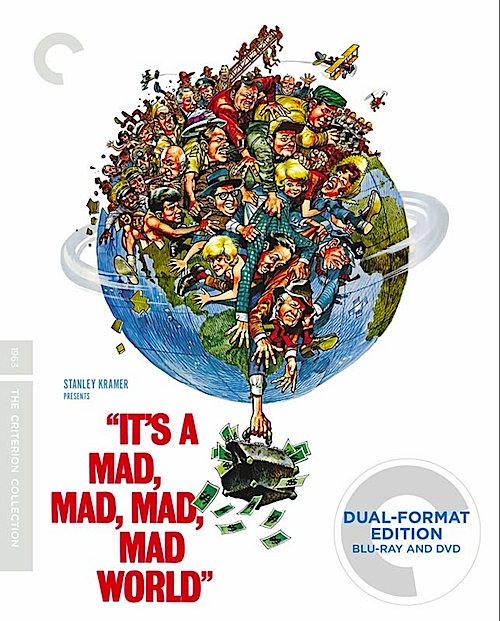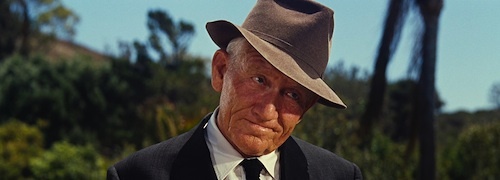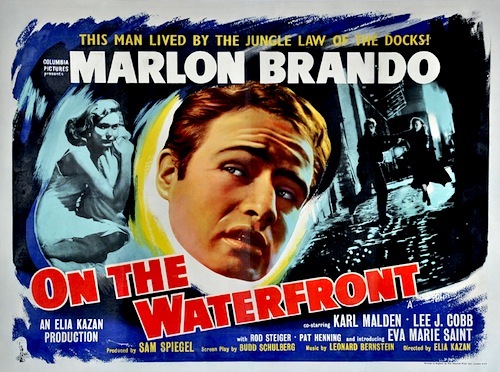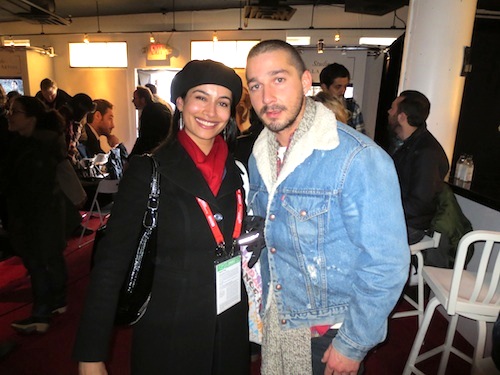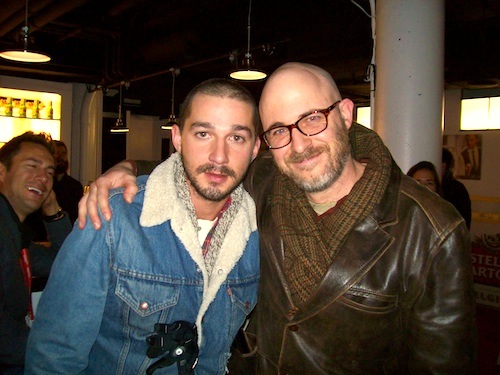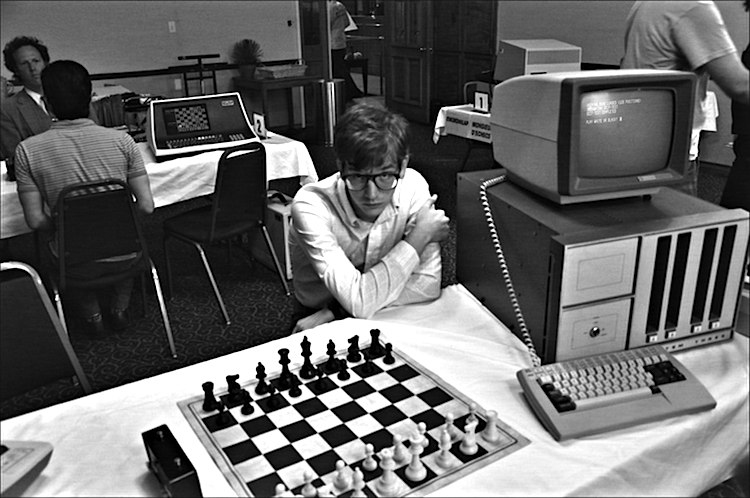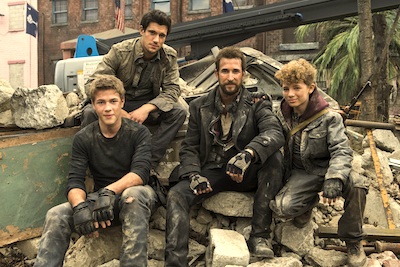[Editor’s note: the post below appeared this weekend at The Huffington Post.]
By Govindini Murty & Jason Apuzzo. Do you feel like you’re turning into a different person over the holidays? How about your fellow citizens – do they appear to be morphing into unrecognizable automata? The holidays can do that to you – especially in Los Angeles. It’s a time when people get consumed with travel schedules, holiday parties, frenzied “gifting,” and trying to keep up with the Kardashians – and forget to act like real human beings.
Just this past week we saw a grown man bark at a Starbucks barista because his eggnog latte wasn’t hot enough, soccer moms body-check each other grabbing at Target discount wreaths, and senior citizens hydroplane in a Mercedes while trying to grab a parking spot at a rainy mall.
Fellow citizens, enough is enough. Get some perspective – before you become ersatz human beings even your nearest and dearest wouldn’t recognize.
This is where indie cinema can offer some timely lessons on the perils of modern dehumanization. One of our favorite films at the Sundance Film Festival earlier this year was The Double, starring Jesse Eisenberg and written and directed by Richard Ayoade. Currently out on DVD and VOD, the film is one of the smartest adaptations yet of Fyodor Dostoevsky’s The Double, the seminal novella of modern alienation.
Jesse Eisenberg plays Simon James, a meek office drone toiling away in a retro-futuristic dystopia of grimy office buildings and gray apartment flats. The bleak settings owe much to Terry Gilliam’s Brazil and George Orwell’s 1984, while Simon’s character recalls Anthony Perkins’ persecuted office worker in Orson Welles’ adaptation of Kafka’s The Trial.
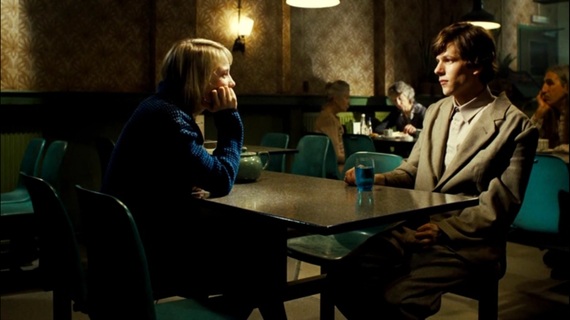
The hapless, ineffectual Simon loves a fellow office worker, Hannah (Mia Wasikowska), but he is completely unable to assert himself with her or with his co-workers – indeed, at times he is barely able to make it out of the office elevator. For this he is treated as if he is of little more consequence than the paint on the dingy office walls.
A wrench is thrown in the works one day when Simon is introduced to a new co-worker: a fellow named James Simon (also played by Eisenberg) who strangely enough, looks exactly like him. In personality, however, James is the opposite of Simon – smooth, assertive, full of charm and slick maneuvering. In short order, James takes credit for Simon’s work, double-crosses him with his boss, and starts putting moves on the lovely Hannah before Simon’s horrified eyes.
Making matters worse, no one seems to notice the striking similarity between Simon and James – something that infuriates poor Simon. James taunts Simon by stealing more and more of his life, eventually driving Simon to take desperate measures before a final, surreal denouement. Continue reading LFM’s Govindini Murty & Jason Apuzzo at The Huffington Post: The Double and the Christmas Holidays

